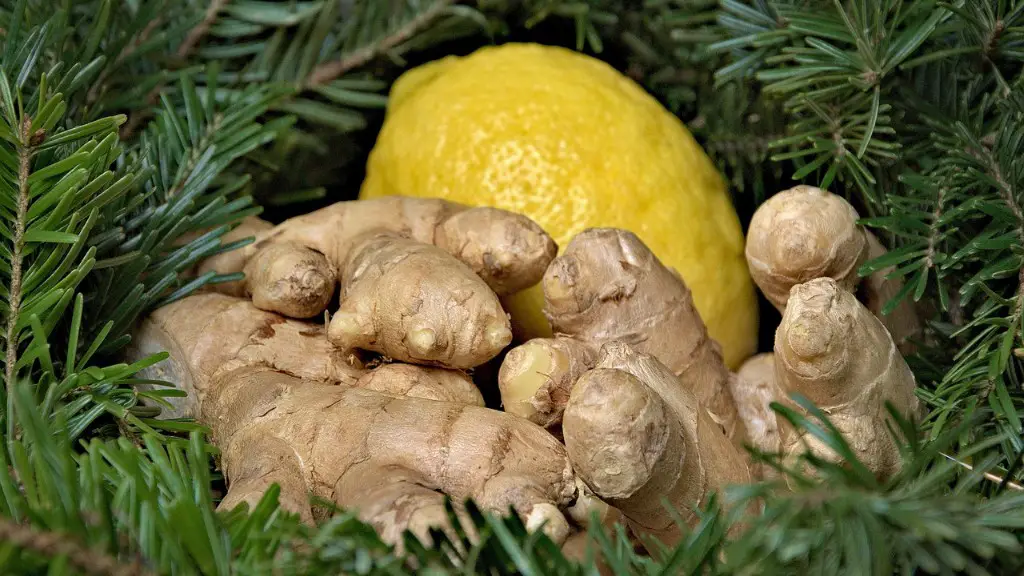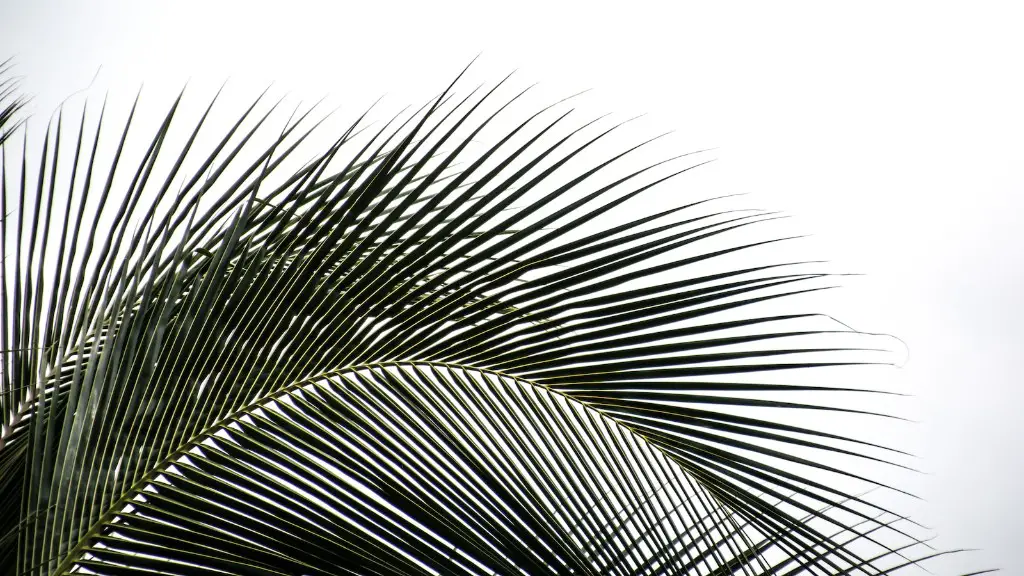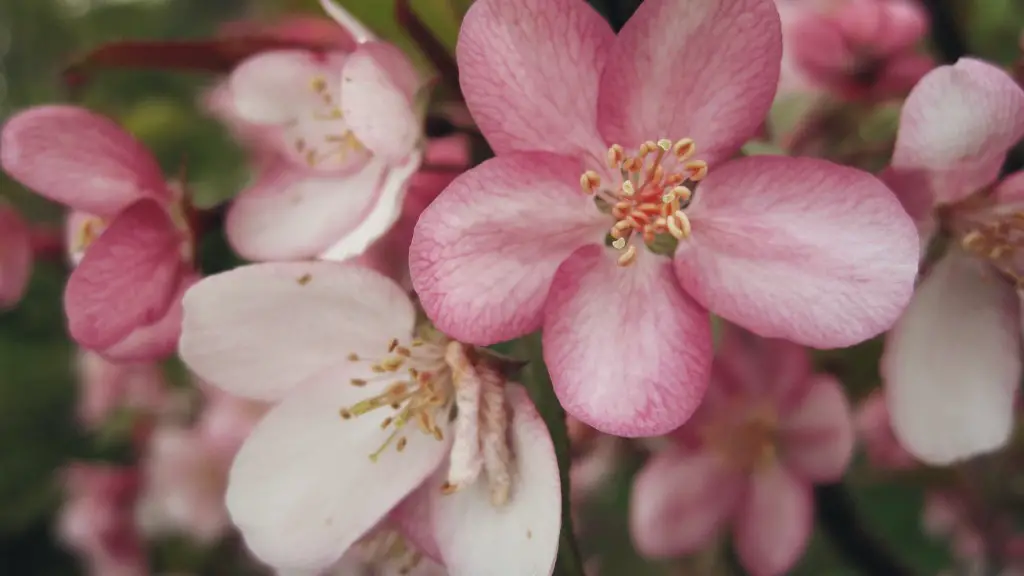Growing an apple tree from seed isn’t as difficult as it may seem. While it may take a few seasons before you can enjoy the fruits of your hard work, the gratification comes when you are able to pick that first apple off the tree you grew yourself. Here’s how to grow an apple tree from seed:
1. Start by removing the seeds from your apple and lightly rinse the seeds off in cold water.
2. Place your seeds in a container with moist, sterile potting soil or a moist paper towel. Make sure it is an aerated container with good drainage.
3. Store the container in a warm, dark area so the seeds can germinate. Refrain from exposing the container to direct sunlight.
4. Keep the soil in your container moist. This will encourage rapid sprouting of the seedling.
5. Place your container in a warm, bright area away from direct sunlight after the seedling sprouts.
6. Plant your young apple tree in a pot with soil. This will allow your tree to grow further until it is ready to be planted in the ground. Note that this may change depending on the type of apple tree you have.
7. Lastly, monitor your young tree’s progress by providing adequate water and sunlight. Fertilize as needed. This will help your tree establish itself, produce a strong and healthy root system, and ultimately give you a satisfying, delicious harvest.
Pruning and Training
Once your tree is healthy, established and producing fruit, you may want to consider pruning and training to improve the size of the apples and increase the overall production from the tree. Pruning can be done in late winter when the tree’s leaves start to appear. This will remove any dead or diseased branches, as well as helping to create a desirable shape and size for your tree. Training is also important, especially if you want your tree to produce larger fruit. By tying branches up and “fanning” them out, you can achieve a much more “open” tree, allowing better airflow, more light, and more room for larger apples to grow.
Harvesting Your Apple Crop
Harvesting apples is an important part of growing an apple tree, and the time you wait to pick the fruit will depend on where you’re located. Generally, most apple varieties are ready to harvest towards the end of Summer or early Fall. However, apples may ripen at different rates, so use a combination of sight, smell and taste to determine when is best for your particular tree. Don’t wait too long though, as apples can easily rot on the ground if left overdue.
Overwintering Your Apple Tree
Overwintering an apple tree can be a challenge, and is dependent on your climate and location. Generally, in colder Northern areas, the trees must be mulched heavily with organic material each Fall in order to insulate them from the cold winter temperatures. In warmer Southern regions, most apple varieties shrug off the cold months with little to no protection.
Pests and Diseases
When growing an apple tree, it is important to keep an eye out for any potential pests or diseases that may endanger your tree. Several caterpillars, fungus and bacteria can cause serious damage to apple trees, and can also affect the taste, quality and size of your apples. Regular inspection and good maintenance are key to keeping your tree healthy and productive.
Propagating Your Tree with Cuttings
An interesting way to propagate an apple tree is by taking cuttings from an adult tree and rooting them into new trees. This makes it possible to create an exact clone of a parent tree, and can be done with very little effort or cost. It is best to take the cuttings in late Summer or early Fall, when the wood is the most suitable for taking root.
Producing Your Own Rootstock
If you want to go one step further, you can produce your own rootstock to create an even bigger and healthier apple tree from scratch. It requires a little bit more time, but it is definitely worth it as you will have a stronger tree with better disease resistance and higher yields. Simply take cuttings of an apple tree and root them in a pot or in the ground. As the tree matures, graft cuttings of the desired variety onto the rootstock to create a wholly new “tree”.



